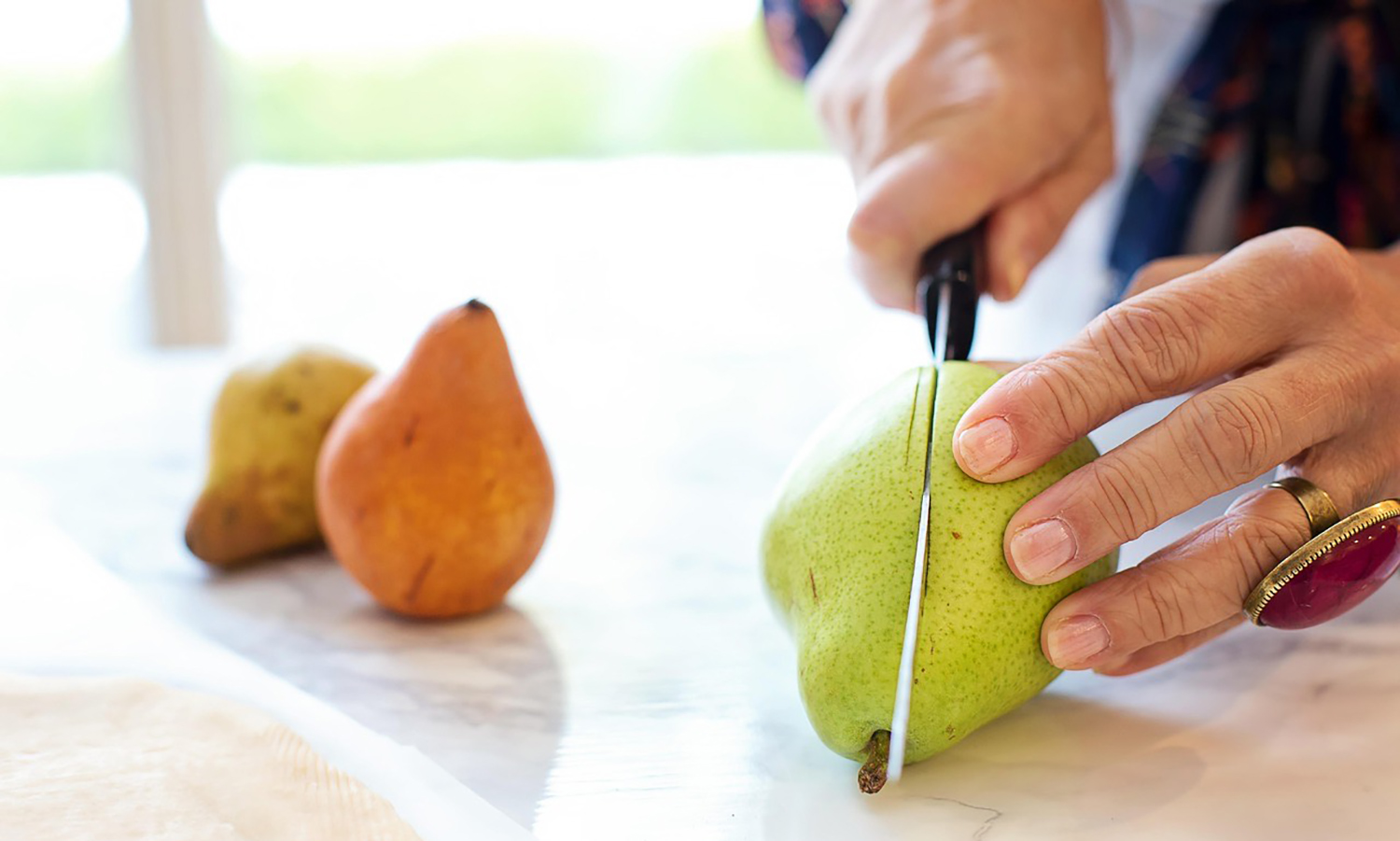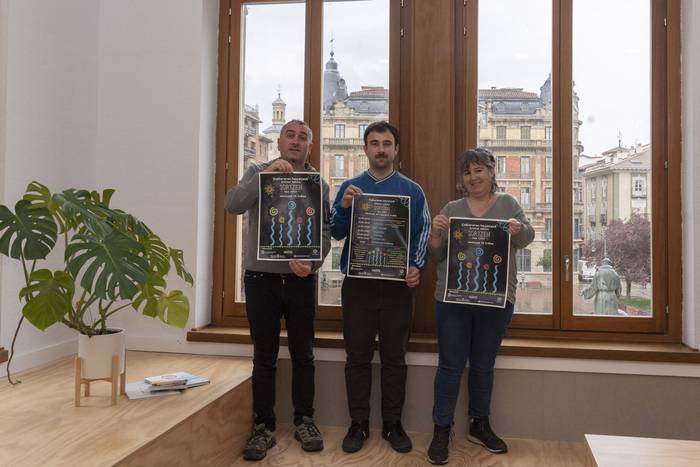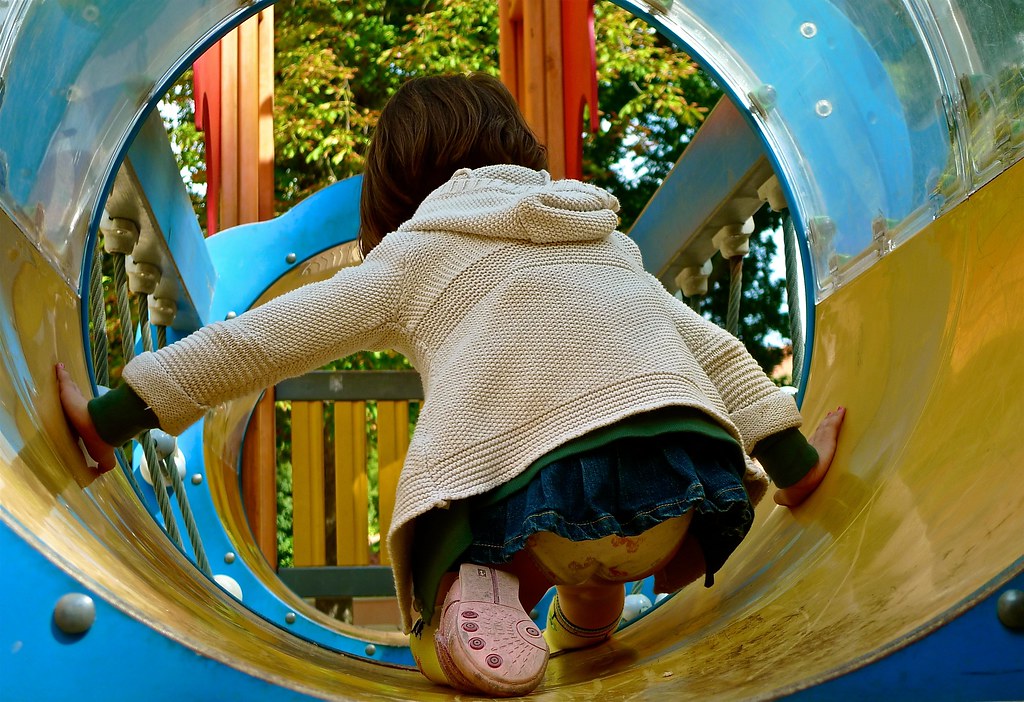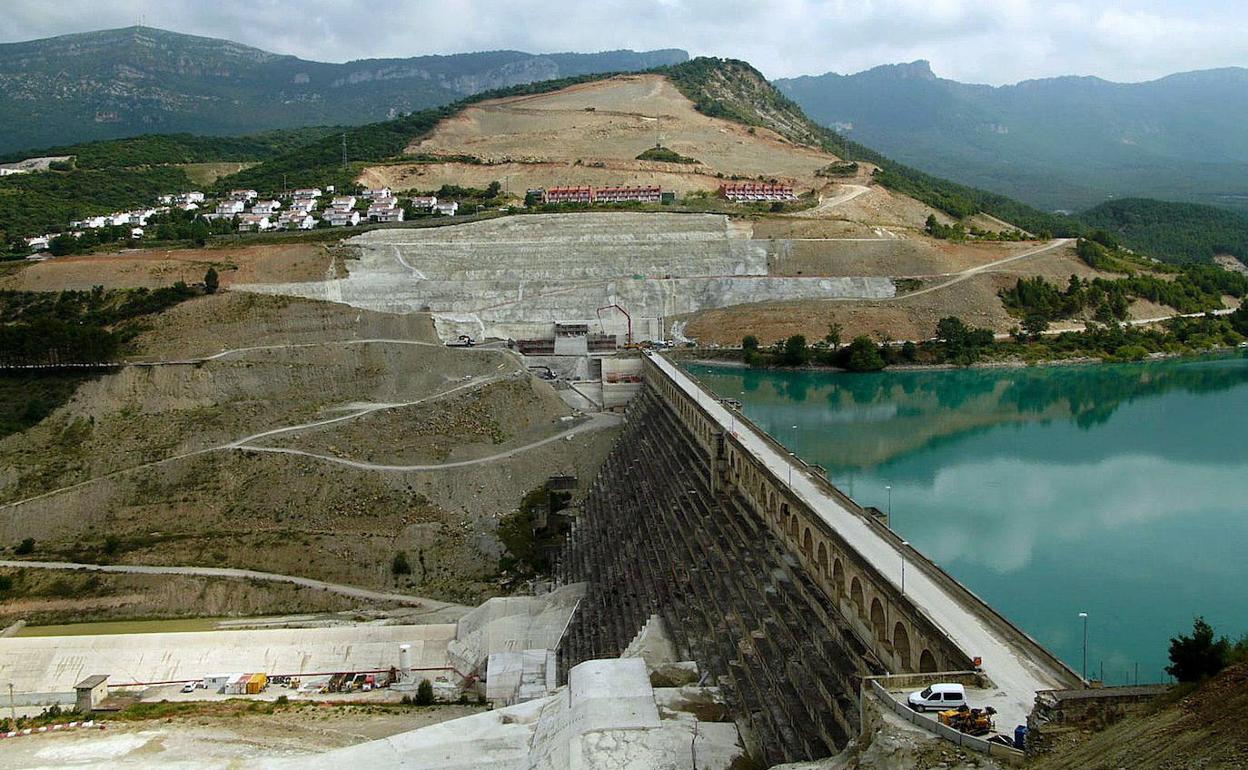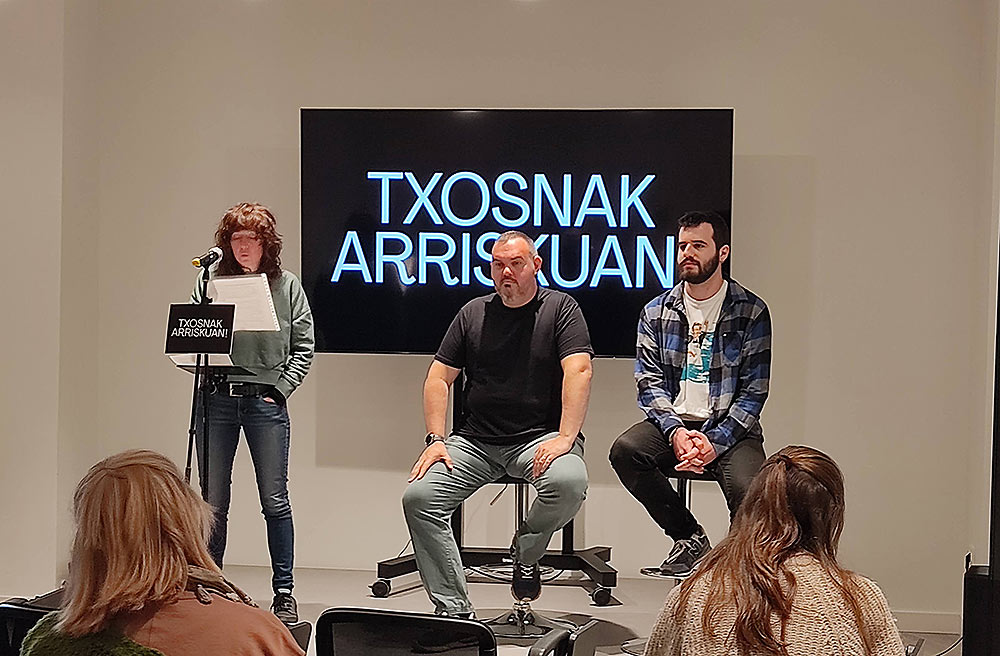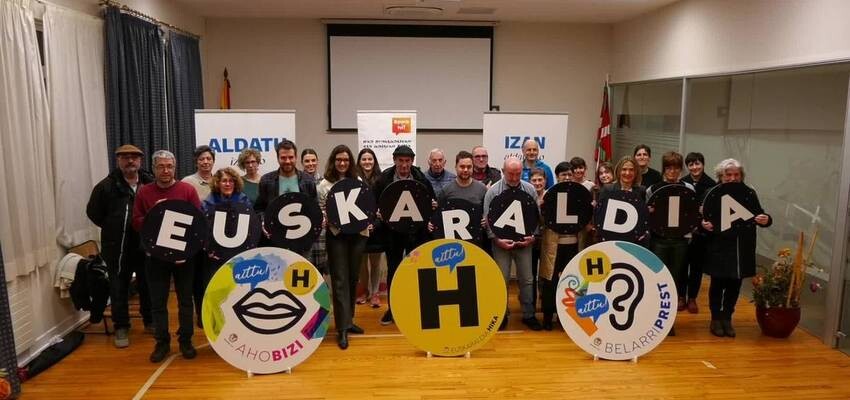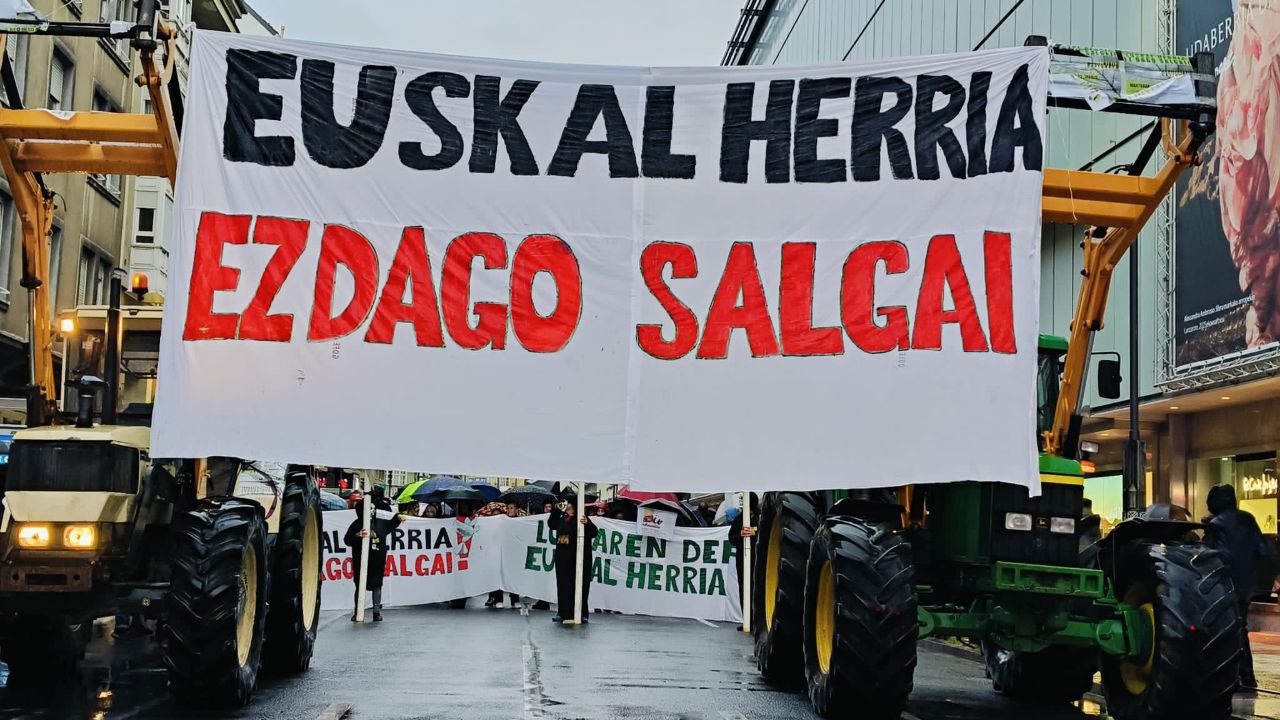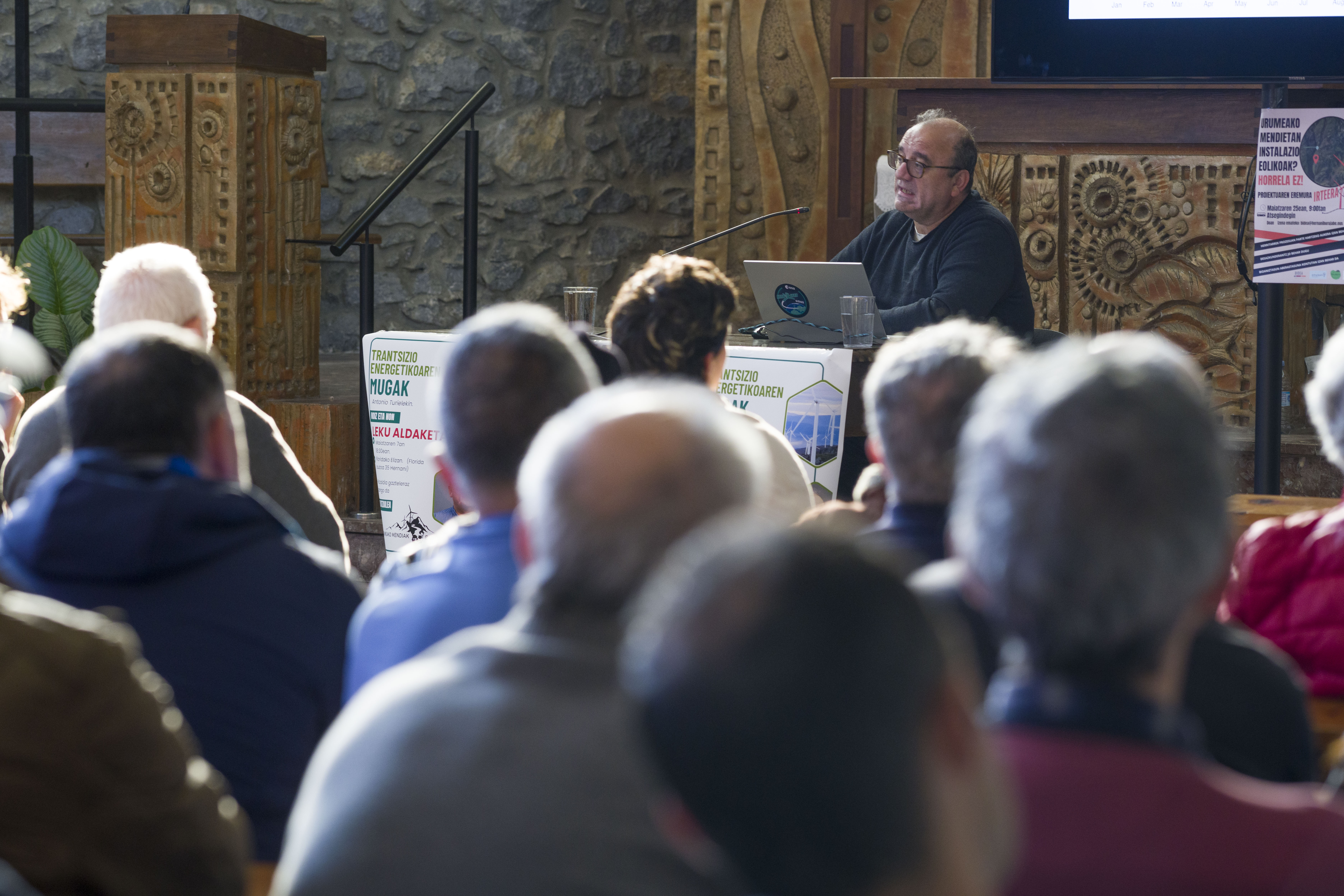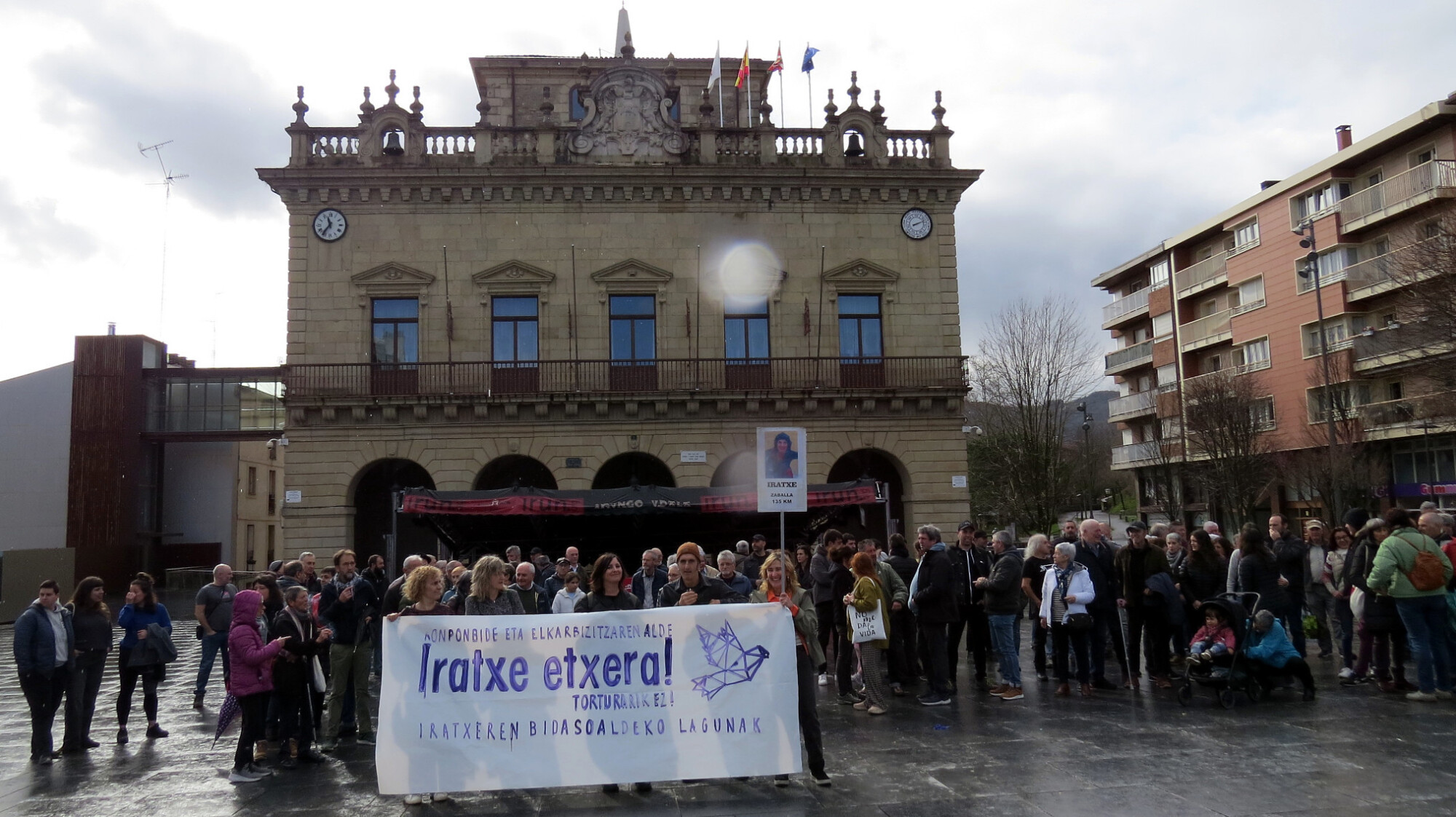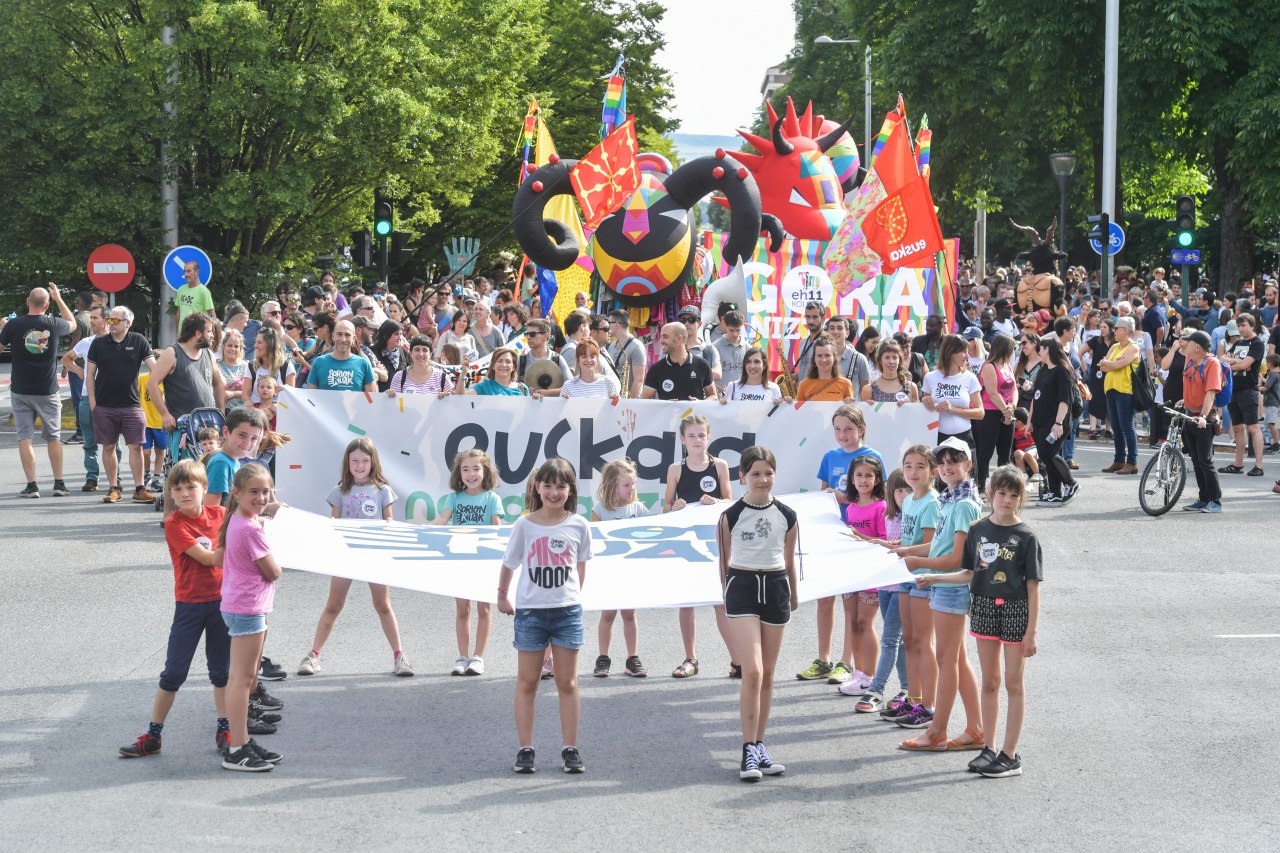Violet rain
- “We call through poetry ideas that have no name or shape to become a poem, to which they are about to create,” said feminist poet Audre Lorde and human rights activist. He wore the poem with words, rhythms and his sum, until gradually he took shape the words and from there he generated verse. Lynette Yiadom-Boakye is a painter and poet who follows the same path and paints characters that are not real in their paintings. They don't exist until Yiadom-Boakye with his brushes shapes and is the figures of these paintings.

We took advantage of the visit of a friend who lives outside and visited the Guggenheim Museum in Bilbao. Friends have never stepped on the imposing titanium building, and with dozens of visitors we enter the main atrium that is about to explode. You can visit exhibitions by three artists: Joan Miró, Oskar Kokoshka and Lynette Yiadom-Boakye. Undoubtedly, we have gone directly to see for the first time the work of the English painter, who is also the least visited sample. In the first blow, we are struck by the large canvases we have found on inclined walls painted with olive green color. The paintings are painted in dark tones and portrayed out of any sign of transitoriness; walking through the galleries we thought the looks of all these characters are about us. We used the word portrait, but it's not a completely correct sense. Yiadom-Boakye does not portray his models, there are no models, there is no one in front, he generates his figures of images, albums and sharps in his memory. These figurative forms are strong personalities and are so rich in nuances that it is hard to believe they are model portraits. That is the key to this exhibition.
Lynette Yiadom-Boakye (London, 1977) is a painter and writer, and the individual exhibition that premieres at the Guggenheim is a landmark in museum history. Because there are few young artists who have had a solo exhibition, which is the second after Cristina Iglesias, very young for a Guggenheim. Under the title 'A Living Sunset' there are about 70 works by Lynette Yiadom-Boaky in the last three years. Containment, and where appropriate, are paints of quick-brush oil, dynamic strokes and, in most cases, dark shades. In the paintings, figurative objects predominate, men and women interact, feel comfortable, satisfied, smiling, in many dancers. The adornments and darts that we can find in these paintings are birds of vivid colors, bluish fish of bright reflections, vellosed carpets of numerous plots or bed discarded at the bottom of the painting. As for the titles of the works, they are a final brush of the paintings and not texts that come to describe the work, but indivisible elements of it.
I told my friend that I find it hard to place myself in one place and in one time. Many of them are painted in the warmth of the house, barefoot, without shirts, listening to music or rehearsing a choreography; and the atmosphere generated by the set of paintings leads to a hypothetical New Orleans, with lightness and melodies of improvised musical melodies. They are paintings that radiate music, and apparently the album by Miles Davies Sketches of Spain ("Draft Spain") has accompanied the artist while preparing this exhibition, as I also write this text. But it's not just Davies; the adhesive melody of Prince, Nina Simone or Aretha Franklin could be a pentagram that connects one play with the other. There is a playlist that the artist has accessed and created for this, and it is nice to walk through these halls singing I only wanted to one time to see you laughing / I only wanted to see you/ Laughing in the purple rain of Prince.
In the memory of the artist paints scenes of images that have remained frozen, these are experiences and feelings that take shape on the canvas. It is a personal work that Yiadom-Boakye creates and reflects his reality and context in his works. So among other things, all the figures he paints are black, because that's his family and his environment. If they were white, we wouldn't get any attention, we wouldn't even include that detail in this text, which all the figures it paints are black. In this sense, when they ask the artist if his work should be read from the prism of racism, he says no, that what he paints is only the world he lives, that there is nothing special about it. His work does not, therefore, arise from a political point of view, at least not from a strictly political point of view, but rather from the impulse produced by his environment.
.PNG)
Hanging canvases on the curved walls projected by Frank Gehry has its mystery, so the artist has created structures that escape them so that the paintings look upright and the look of the portrayed intersects with us. Yiadom-Boakye has frequently quoted that he is an unimpatient artist, perhaps because of his quick brands in canvas and linen fabrics. In the canvases where brown, black, dark blue stand out, you can see a yellow painted lamp, a sports t-shirt with orange tones or a purple jacket with a sleek young man. This combination of color palette illuminates the painting from the inside, giving vitality to the frame and soul to the protagonists.
In most paintings, men appear, sometimes alone, sometimes by partners, but never with a woman. Women are significantly less and when asked about it, once again, if their work should be read from a gender perspective, the answer is negative, there is no such political choice in their work. They're open images so everyone can make their own readings. Next to the paintings there is a work on paper, drawings made with chalk and charcoal shoulder, which are shown for the first time. In the absence of color, the charcoal wedge strokes and the figurative forms that this beautiful trait generates, the intrinsic skill of the artist, are once again confronting us.
Andrea Velasko dietista eta nutrizionistak elikaduraren bidez menopausiak eragindako aldaketak kudeatzeko zenbait gako eman ditu.
BRN + Auzoko eta Sain mendi + Odei + Monsieur le crepe eta Muxker
Zer: Uzta jaia.
Noiz: maiatzaren 2an.
Non: Bilborock aretoan.
---------------------------------------------------------
Ereindako haziek ura, argia eta denbora behar dute ernaltzeko. Naturak berezko ditu... [+]
Antonio Turiel fisikari eta CSICeko ikerlariak aspaldiko urteetan ez bezala bete zuen Hernaniko Florida auzoko San Jose Langilearen eliza asteazkenean. Zientoka lagun elkartu ziren Urumeako Mendiak Bizirik taldeak antolatuta Trantsizio energetikoaren mugak izeneko bere hitzaldia... [+]











